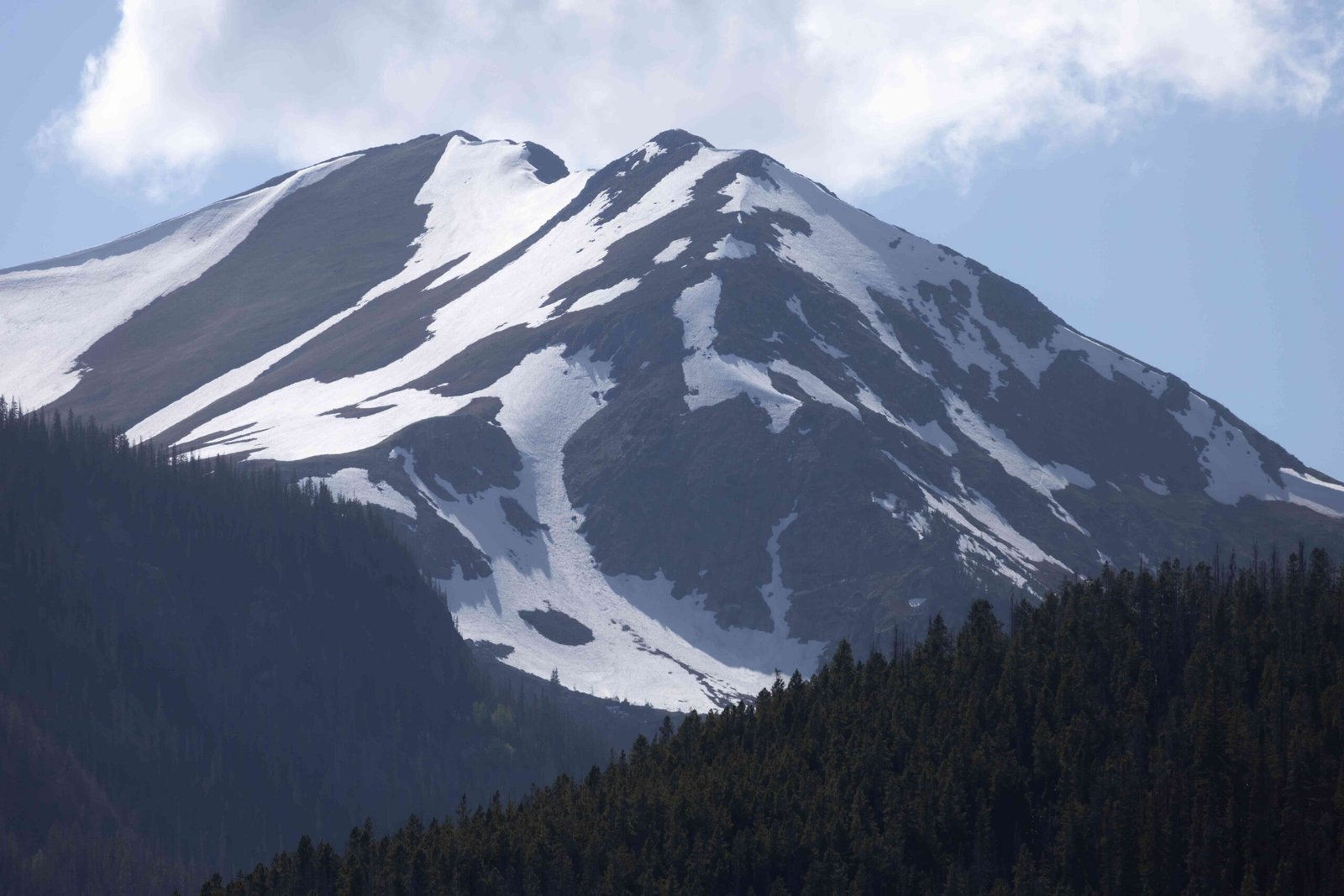Poison ivy in Rocky Mountain National Park is a common concern for hikers and outdoor enthusiasts. This plant, known for its irritating oil urushiol, can cause uncomfortable rashes and allergic reactions. While not as prevalent as in lower elevations, poison ivy can still be found in certain areas of the park, particularly at lower altitudes and along water sources. Visitors should be aware of its characteristics, potential risks, and prevention methods to ensure a safe and enjoyable experience in this beautiful natural setting.
What Does Poison Ivy Look Like in Rocky Mountain National Park?

Poison ivy in Rocky Mountain National Park typically displays the following characteristics:
- Compound leaves with three leaflets (hence the saying “Leaves of three, let it be!”)
- Leaflets can be glossy or matte, with smooth or slightly toothed edges
- Leaf color varies from light to dark green, turning red or orange in fall
- Can grow as a vine or low shrub
- May have small, greenish-white flowers in spring and white berries in late summer
It’s important to note that poison ivy’s appearance can vary, making identification challenging for inexperienced observers.
Where Can Poison Ivy Be Found in Rocky Mountain National Park?

Poison ivy in Rocky Mountain National Park is most commonly found:
- At lower elevations, typically below 6,000 feet
- Along streams and rivers
- In disturbed areas or forest edges
- Near trails and campgrounds
While not as abundant as in lower-elevation parks, visitors should remain vigilant, especially in these areas.
How Does Poison Ivy Affect Hikers and Visitors?
Exposure to poison ivy can lead to the following symptoms:
- Itchy, red rash
- Swelling
- Blisters
- Burning sensation
These symptoms typically appear 12-72 hours after exposure and can last for several weeks. The severity of the reaction varies among individuals, with some experiencing more intense symptoms than others.
What Should You Do If You Come Into Contact with Poison Ivy?
If you suspect contact with poison ivy in Rocky Mountain National Park:
- Wash the affected area thoroughly with soap and cool water within 10 minutes of exposure
- Remove and wash any clothing that may have touched the plant
- Apply calamine lotion or hydrocortisone cream to relieve itching
- Take an oral antihistamine to reduce allergic reactions
- Seek medical attention if symptoms are severe or widespread
How Can Visitors Prevent Poison Ivy Exposure in Rocky Mountain National Park?
To minimize the risk of poison ivy exposure:
- Learn to identify the plant before your visit
- Stay on designated trails
- Wear long sleeves, pants, and closed-toe shoes
- Use barrier creams on exposed skin
- Keep pets on leashes to prevent them from spreading the oil to humans
- Wash gear and clothing after hiking in areas where poison ivy may be present
Are There Any Look-Alike Plants in Rocky Mountain National Park?
Yes, some plants in Rocky Mountain National Park can be mistaken for poison ivy:
| Plant Name | Similarities | Differences |
|---|---|---|
| Virginia Creeper | Five leaflets (sometimes three) | Typically has five leaflets, not three |
| Boxelder Seedlings | Compound leaves with three leaflets | Leaves are arranged oppositely on the stem |
| Western Poison Oak | Three leaflets, similar growth habit | More common in western parts of Colorado, not typically found in RMNP |
Always exercise caution when identifying plants in the wild.
What Role Does Poison Ivy Play in the Rocky Mountain National Park Ecosystem?
Despite its negative impact on humans, poison ivy serves important ecological functions:
- Provides food for wildlife (birds eat the berries)
- Offers cover and nesting sites for small animals
- Helps prevent soil erosion with its extensive root system
- Contributes to forest biodiversity
Park managers balance the plant’s ecological value with visitor safety concerns.
How Does Climate Change Affect Poison Ivy in Rocky Mountain National Park?
Research suggests that climate change may impact poison ivy in the following ways:
- Increased CO2 levels could lead to more vigorous growth
- Warming temperatures may allow poison ivy to expand its range to higher elevations
- Changes in precipitation patterns could affect its distribution within the park
Park officials monitor these potential changes to update safety guidelines as needed.
What Should Park Visitors Know About Reporting Poison Ivy Sightings?
If you spot poison ivy in unexpected areas of Rocky Mountain National Park:
- Note the location (use GPS coordinates if possible)
- Take a photo if it’s safe to do so
- Report the sighting to park rangers at a visitor center
- Do not attempt to remove the plant yourself
This information helps park management track the plant’s distribution and update visitor information.
Are There Any Ongoing Research Projects About Poison Ivy in Rocky Mountain National Park?
While specific research on poison ivy in Rocky Mountain National Park may be limited, broader studies on the plant’s ecology and response to climate change can provide valuable insights. Visitors interested in learning more can:
- Check the park’s official website for current research projects
- Inquire at visitor centers about any ongoing studies
- Look for citizen science opportunities related to plant monitoring in the park
Understanding poison ivy’s role and distribution helps in developing better management and education strategies for park visitors.
Remember, while poison ivy can be a nuisance, it’s a natural part of the Rocky Mountain National Park ecosystem. By staying informed and taking proper precautions, visitors can safely enjoy the park’s diverse flora and fauna without the worry of an uncomfortable encounter with this notorious plant.
References:
1. https://www.nps.gov/romo/index.htm
2. https://www.fs.usda.gov/wildflowers/plant-of-the-week/toxicodendron_rydbergii.shtml
3. https://www.cdc.gov/niosh/topics/plants/default.html
